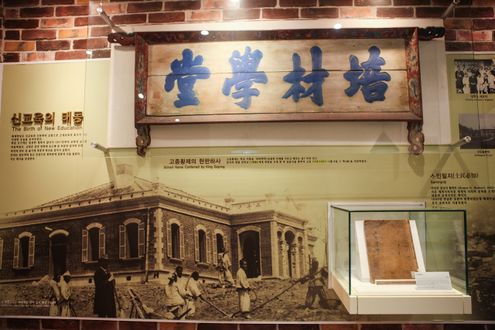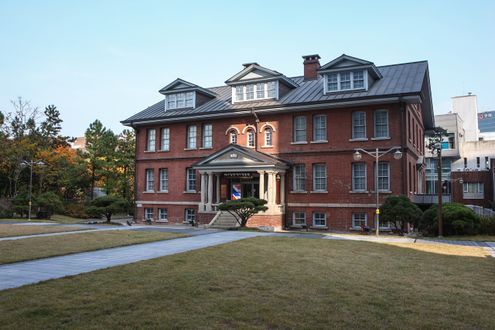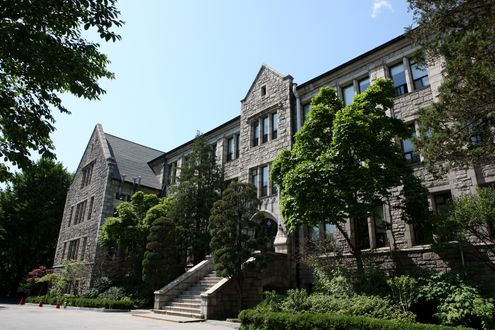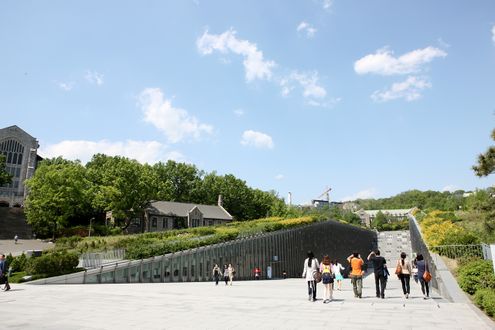Modern Education and Christianity
Education in Korea was based on Confucian classics for over a millennium, but then began to be replaced by Western-style learning as the country became in contact with Western culture after the Japan-Korea Treaty of 1876, primarily through Protestant Christian missionaries.
Towards their ultimate goal of propagating Christianity in Asia, missionaries proceeded indirectly by establishing mission schools along with their churches. Their schools played the role of bridges for transforming Korea's traditional education into modern education. It had diverse impacts such as popularization of the Korean alphabet (hangeul), the diffusion of modernism, the abolition of the caste system, gender equality and the instillation of a national consciousness.
Particularly, translation of the Bible into hangeul greatly popularized it because missionaries propagated Christianity primarily to common people who had been alienated from aristocrat-oriented traditional education. With the mass publication and distribution of the Bible and Christian books made significant contributions to inspiring the ideology of equality and humanitarianism, thereby changing feudalistic ideas and arousing nationalism.
Some 900 mission schools were established between 1886 and 1909 by missionaries. Henry G. Appenzeller, a Methodist missionary, founded the first mission school in Korea, Paichai Boys School (which later became later Paichai University) in 1886 and then missionary Mary F. Scranton established Ewha Girls School (which later became Ewha Womans University), the first mission school for girls, later in the same year. These were followed by Gyeongsin Boys School (1886) and Jeongsin Girls School (1887). Mission schools for girls pioneered modernization of women's education in Korea. In addition, the introduction and education of Western learning through mission schools also contributed to forming modern identity by significantly influencing ideas of enlightenment-advocating intellectuals. Stimulated by the establishment of mission schools, pioneering intellectuals began to set up private schools. Some of schools founded by these intellectuals, including Yangjeong Donation Academy (1905), Boseong Boys School (1905), Hwimun Donation Academy (1906), Jungdong Boys School (1906), Daeseong Boys School (1907) and Osan Boys School (1907), still remain as leading middle/high schools. Moreover, Korean teachers who received higher education at these mission schools were more effective in teaching Korean students than missionaries. Coupled with these efforts of early missionaries, voluntary and active accommodation of Western learning by Korean people largely contributed to building foundation for popularizing and modernizing education in Korea. The experience of accelerating the abolition of the caste system, and producing leaders regardless of family backgrounds through modern education, further reinforced Korean people's zeal for education.
Related Articles
- From Persecution to Prevalence - Christianity in Korea
- The Opening of Joseon
- The Rise of Korean Women's Status
- Henry G. Appenzeller
- Paichai University
- Mary F. Scranton
- Ewha Womans University
- [[Hangeul]
- Confucianism
- Christianity
- Japan-Korea Treaty of 1876



